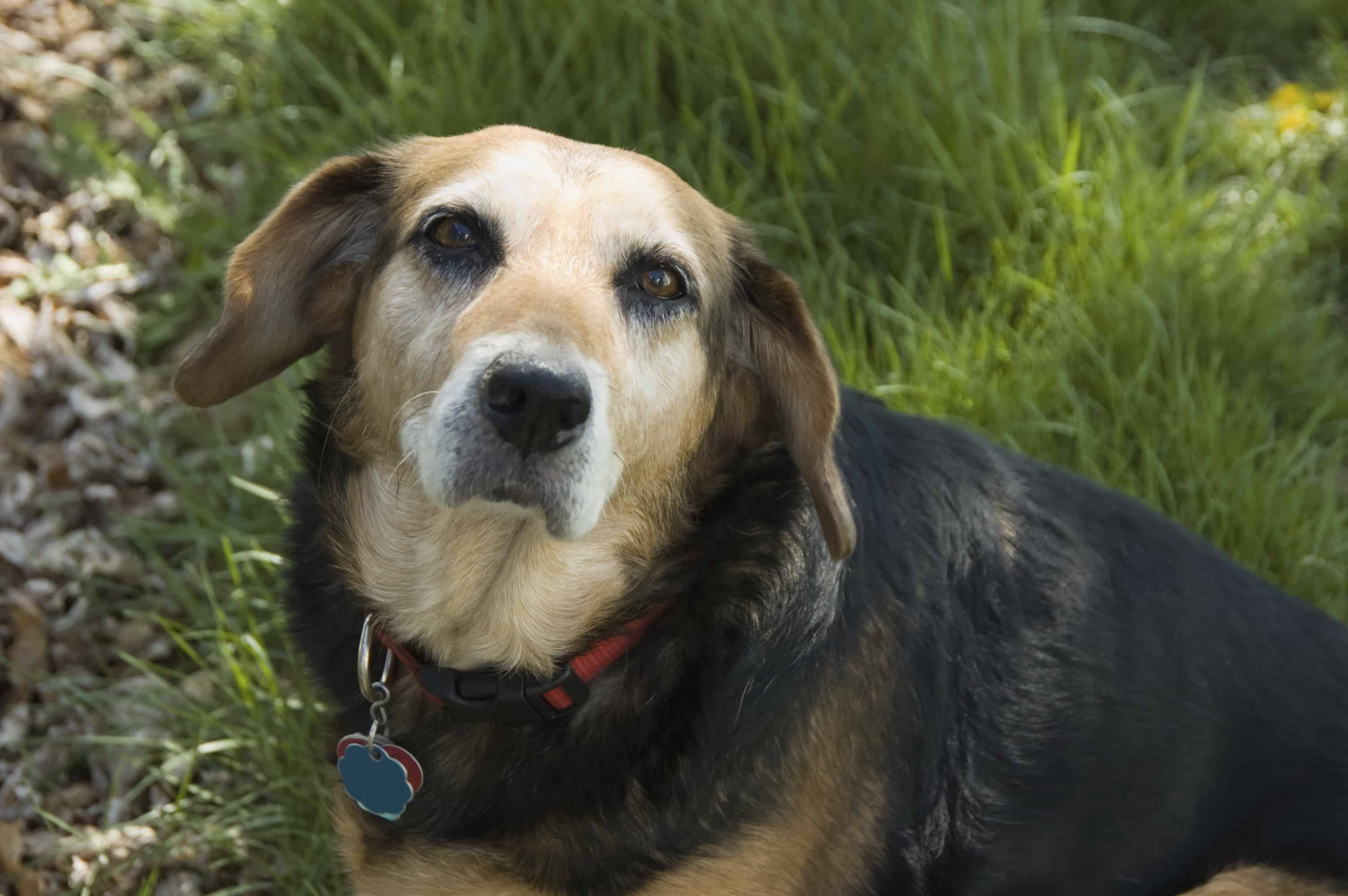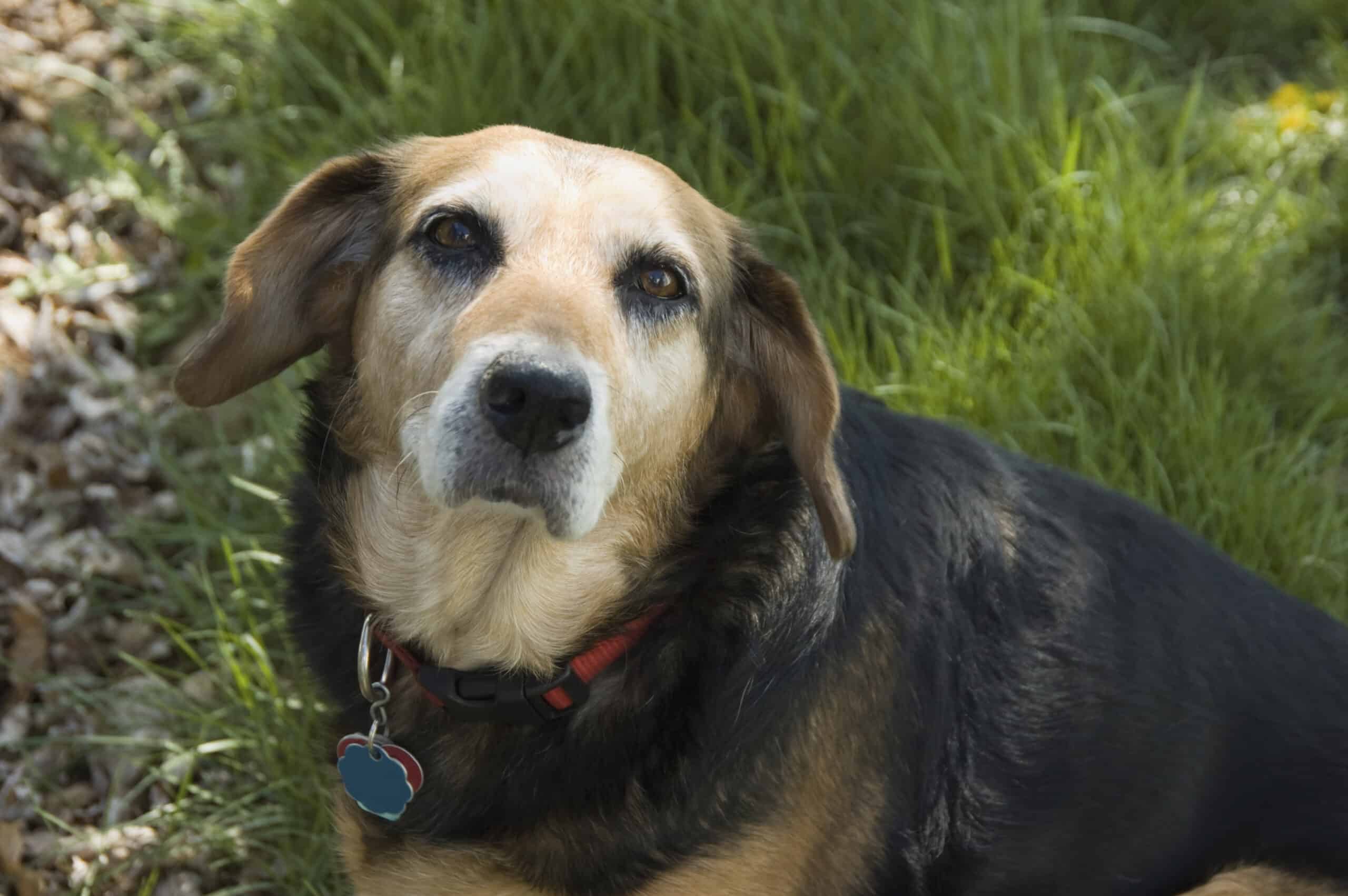Degenerative Joint Disease in Pets
 As your cat or dog ages, he will become more susceptible to age-related conditions, such as arthritis. Degenerative Joint Disease (DJD) – which includes arthritis and osteoarthritis – occurs when the cartilage between bones that forms the joints breaks down. This process can cause severe, chronic pain and lead to immobility over time, and is common among senior or geriatric cats and dogs.
As your cat or dog ages, he will become more susceptible to age-related conditions, such as arthritis. Degenerative Joint Disease (DJD) – which includes arthritis and osteoarthritis – occurs when the cartilage between bones that forms the joints breaks down. This process can cause severe, chronic pain and lead to immobility over time, and is common among senior or geriatric cats and dogs.
Symptoms of Degenerative Joint Disease
As with many age-related conditions, physical symptoms may develop slowly over time. However, with DJD you will likely begin to notice increased challenges with walking, jumping, or getting comfortable. With respect to cats, the disease often is more subtle. You may notice a reluctance to jump up on furniture or increased sensitivity to being handled.
As a rule, symptoms of DJD include:
- Lameness
- Weight loss
- Swelling of joints
- Decreased muscle mass
- Pain when being touched or handled
- Decreased interest in activity
Understanding DJD or Osteoarthritis
There are many factors that can contribute to a pet developing osteoarthritis. Particularly with certain breeds, such as greyhounds and other athletic dogs, injuries or traumas to joints can preclude the development of DJD. For other breeds, it could include several conditions like obesity and diabetes.
As the disease progresses, the joint cartilage becomes so thin that fluid builds up and bony growths or spurs begin to form. This leads to increasing levels of pain when not treated. Over time, many pets can lose the ability to stand or walk without assistance.
Treatment Options
Because of the potential severity of DJD, early intervention and treatment is recommended. Pets over the age of 6 benefit from biannual wellness examinations because it allows the onset of such conditions to be diagnosed early. The earlier the pet begins a treatment protocol, the better his chances for maintaining a good quality of life.
In most cases, medications are prescribed that reduce pain and inflammation, as well as slow down the progression of the disease. These medications might include non-steroidal anti-inflammatory drugs (NSAIDs), glucocorticoids, and supplements to enhance the immune system.
In some cases and with certain chronic conditions, surgery is the best option, along with physical therapy using low impact exercises to encourage rehabilitation or better range of movement.
At Home Care
As the pet guardian, there are many ways you can also help your pet cope with the effects of DJD. Some simple modifications or changes you can make include:
- Keeping your pet’s daily care needs (food, water, litter box, bed) on the first floor of the home, where there are no stairs to climb
- Adding extra blankets or cushions to your senior pet’s bed can make it more comfortable for him or her
- Maintaining low impact, veterinarian recommended exercises to help with range of movement and emotional wellbeing
- Providing a nutritious diet that is tailored to address DJD and/or senior wellness (ask us for some recommendations)
- Adding carpet or runners can help your pet maintain traction and stability on slippery tile or hard surfaces
And, of course, the best way to encourage your senior pet to have the healthiest, most contented life possible is through your continued love, attention, and time. An older pet will likely need a little more TLC, but the amount of happiness and devotion given has no limits.

